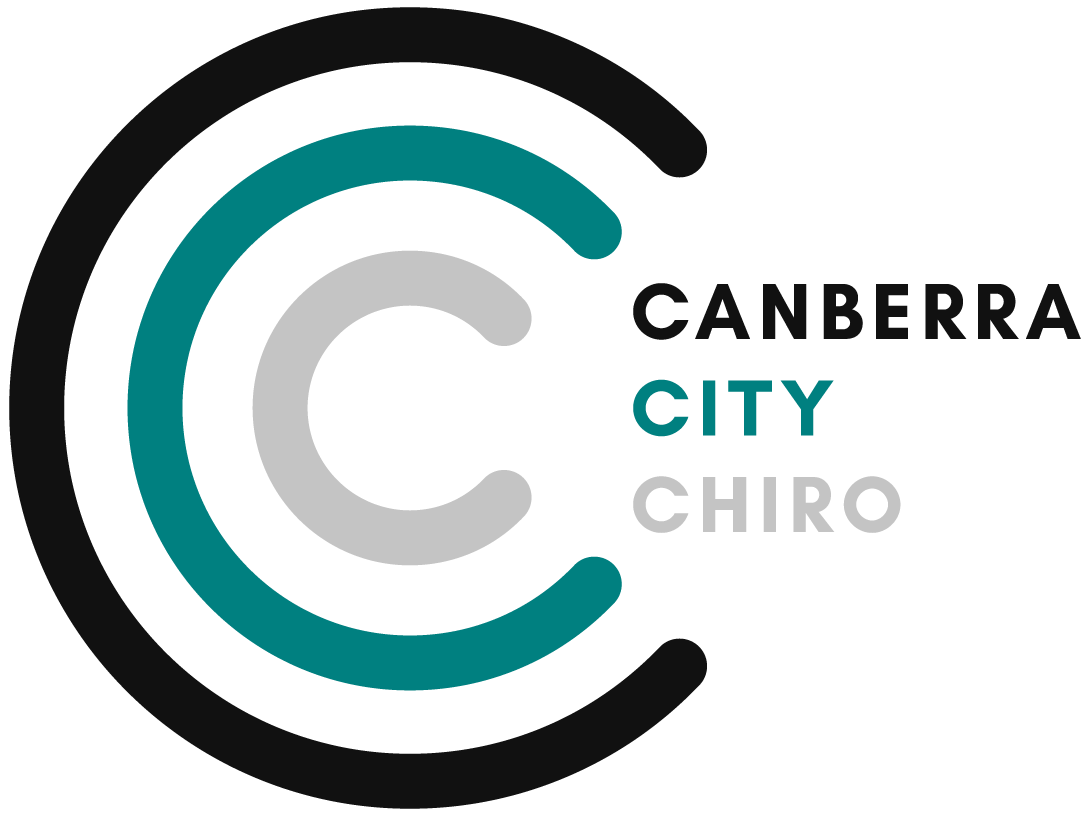Canberra Hypnotherapy Clinic,
Suite 2 42 Geils Ct, Deakin ACT 2600
(02) 6106 9977
Click "Contact Us" below
blog
More Information regarding your pain and how we can help
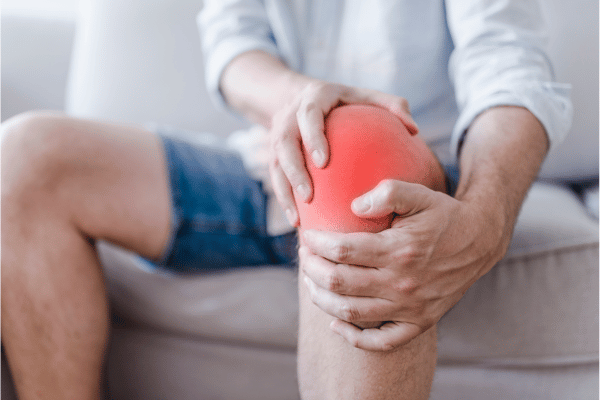
Chiropractic Care for Knee Pain Relief: Causes and Treatment
Chiropractic Care for Knee Pain Relief: Causes and Treatment
As we grow older, our bodies become more susceptible to wear and tear, especially in our joints. Knee pain is a common ailment among adults, athletes, and even children. In some cases, knee pain can be debilitating and interfere with daily activities. However, seeking chiropractic care for knee pain relief can offer many benefits over traditional medical treatment.
What is Chiropractic Care?
Chiropractic care is a holistic approach to healthcare that focuses on the musculoskeletal system, particularly the spine. Chiropractors use hands-on spinal manipulation and other alternative treatments to align the body's musculoskeletal structure, especially the spine, which allows the body to heal itself without surgery or medication. Studies have found that chiropractic care is effective in reducing knee pain and improving knee function in patients with osteoarthritis (1) (2).
Chiropractors also treat knee pain by focusing on the cause of the pain, not just the symptoms. By addressing the underlying cause of knee pain, chiropractors help patients achieve long-term relief without relying on medication.
Causes of Knee Pain
Knee pain can have various causes such as injury, overuse, and degeneration, among others (3). Common causes of knee pain include osteoarthritis, ligament injuries, and meniscal tears. The knee is a complex joint that is made up of bones, cartilage, ligaments, and tendons that work together to allow movement.
Chiropractors use various diagnostic tools, including physical exams, imaging tests, and medical histories to identify the underlying cause of knee pain (3). With a thorough understanding of the root cause of knee pain, chiropractors can develop personalized treatment plans that effectively address the issue at hand.
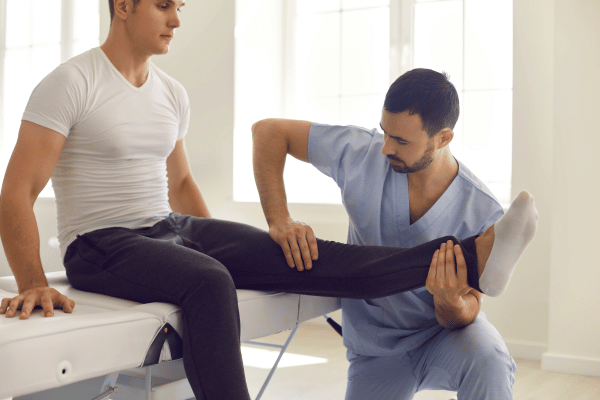
Types of Knee Pain
Knee Joint Inflammation
Knee joint inflammation, also known as knee joint swelling, occurs when the tissues surrounding the knee joint become inflamed. This inflammation can be caused by a variety of factors, including injury, overuse, and arthritis. Symptoms of knee joint inflammation include swelling, stiffness, warmth, redness, and pain around the knee joint. Knee joint inflammation can make it difficult to move the knee and can cause discomfort during everyday activities such as walking or standing for prolonged periods (4). In severe cases, knee joint inflammation can lead to joint damage and disability, making it important to seek proper medical treatment.
Knee Arthritis
Knee arthritis is a condition characterized by the inflammation and deterioration of one or more of the knee joints, which can lead to pain, stiffness, and reduced mobility (5). There are different types of knee arthritis, including osteoarthritis, rheumatoid arthritis, and psoriatic arthritis. Symptoms of knee arthritis can include pain or stiffness in the knee joint, swelling, tenderness, and a grinding or popping sensation when moving the knee. If left untreated, knee arthritis can lead to joint deformity and disability, making it difficult to perform daily activities such as walking, climbing stairs, or even standing for long periods. Early diagnosis and treatment are important for managing knee arthritis and preventing further joint damage.
Rheumatoid Arthritis
Rheumatoid arthritis is a chronic inflammatory condition that can affect multiple joints in the body, including the knee joint. In rheumatoid arthritis, the immune system attacks the lining of the joints, causing pain, stiffness, and swelling (6). If left untreated, rheumatoid arthritis can cause damage to the knee joint and result in permanent disability. Chiropractic care can be beneficial in managing knee pain associated with rheumatoid arthritis, as chiropractors use a holistic approach that may include joint mobilization, exercise, and nutritional counseling to help reduce inflammation and improve joint function.
Psoriatic Arthritis
Psoriatic arthritis is a type of inflammatory arthritis that affects some people who have psoriasis, a chronic skin condition that causes red, scaly patches on the skin. Psoriatic arthritis can affect any joint in the body, including the knee joint, and can cause pain, swelling, and stiffness (7). Other common symptoms of psoriatic arthritis include fatigue, nail changes, eye inflammation, and stiffness in the morning. If left untreated, psoriatic arthritis can cause permanent joint damage and disability. It is important to seek prompt medical attention if you experience any symptoms of psoriatic arthritis, as early diagnosis and treatment can help manage symptoms and prevent long-term complications.
Benefits of Chiropractic Care for Knee Pain
Chiropractic care offers many benefits over traditional medical treatment for knee pain. Unlike medication or surgery, chiropractic care addresses the cause of the pain, not just the symptoms. This approach not only provides long-term relief but also reduces the risk of recurrence.
Studies have shown that chiropractic care is an effective treatment for knee pain. In one study, patients who received chiropractic care for knee pain reported significant improvements in pain, function, and quality of life (1).

Chiropractic Treatment for Knee Pain
Active Release Technique (ART)
Active Release Technique (ART) is a soft-tissue treatment that focuses on breaking up scar tissue and adhesions in muscles, tendons, ligaments, and nerves (8). By applying pressure and stretching the affected area, chiropractors can improve range of motion and relieve pain. ART is particularly effective for treating injuries caused by repetitive motion, such as knee pain in runners and cyclists.
Graston Technique
The Graston Technique is another soft-tissue treatment that uses specialized instruments to break up scar tissue and adhesions (9). Chiropractors use the Graston Technique to increase circulation, reduce inflammation, and improve flexibility. The Graston Technique can be used to treat a variety of knee injuries, including patellar tendinitis and iliotibial band syndrome.
Trigger Point Therapy
Trigger point therapy is a form of massage therapy that focuses on releasing tight knots or trigger points in muscles that cause pain and discomfort (10). In the case of knee pain, trigger point therapy can be used to release tight muscles in the hips, thighs, and calves that can contribute to knee pain. By releasing these trigger points, the muscles are able to relax, and the knee joint is able to move more freely with less pain.
Manipulation Under Anesthesia (MUA)
Manipulation Under Anesthesia (MUA) is a non-invasive and effective treatment option for knee pain caused by various conditions, including arthritis and degenerative joint disease. MUA combines chiropractic manipulation techniques with anesthesia to provide a pain-free and relaxed experience for the patient. During the procedure, the chiropractor performs gentle manipulations on the affected knee joint to improve mobility and reduce pain. Study found that MUA resulted in significant improvements in pain and function in patients with knee osteoarthritis, with the effects lasting up to six months after treatment (11). This highlights the potential benefits of MUA as a treatment option for knee pain, particularly for those who have not responded well to other forms of therapy.
Lifestyle Changes to Reduce Knee Pain
In addition to chiropractic care, lifestyle changes can also help reduce knee pain. Chiropractors often recommend weight loss, exercise, and stretching to improve joint function and reduce pain. By making these lifestyle changes, patients can also improve their overall health and reduce the risk of future injuries.
Conclusion
Chiropractic care offers a safe, effective, and non-invasive approach to treating knee pain. By addressing the underlying cause of knee pain, chiropractors can help patients achieve long-term relief without relying on medication or surgery. Chiropractors use a variety of techniques, including ART, Graston Technique, Trigger point therapy, and MUA, to treat knee pain. Lifestyle changes, such as weight loss and exercise, can also help reduce knee pain and improve joint function.
Don't let knee pain limit your mobility and enjoyment of life. With Dr. Derrick's expertise and experience, you can find relief from your knee pain and get back to doing the things you love.
FAQs
Is chiropractic care safe for knee pain treatment?
Yes, chiropractic care is a safe and effective treatment for knee pain. Chiropractors use non-invasive techniques to address the underlying cause of knee pain, which reduces the risk of complications.
How long does it take to see results from chiropractic care for knee pain?
Results from chiropractic care for knee pain can vary depending on the severity of the injury and the patient's overall health. Some patients may see immediate improvement, while others may require multiple treatments to achieve long-term relief.
Can lifestyle changes help reduce knee pain?
Yes, lifestyle changes such as weight loss, exercise, and stretching can help reduce knee pain and improve joint function.
What should I expect during a chiropractic visit for knee pain?
During a chiropractic visit for knee pain, the chiropractor will perform a physical exam, review your medical history, and use diagnostic tools to identify the cause of your knee pain. They will then develop a personalized treatment plan that may include soft-tissue techniques, spinal manipulation, and lifestyle changes.
Is chiropractic care covered by insurance for knee pain treatment?
Most insurance plans cover chiropractic care for knee pain treatment. However, it's important to check with your insurance provider to confirm coverage and any out-of-pocket costs.
References
Bronfort, G., Hondras, M. A., Schulz, C. A., Evans, R. L., Long, C. R., & Grimm, R. (2010). Spinal manipulation and home exercise with advice for subacute and chronic back-related leg pain: a trial with adaptive allocation. Annals of internal medicine, 152(3), 181-189.
Hawk, C., Minkalis, A. L., Khorsan, R., Daniels, C. J., Homack, D., & Gliedt, J. A. (2016). Systematic review of nondrug, nonsurgical treatment of shoulder conditions. Journal of manipulative and physiological therapeutics, 39(4), 240-251.
Patel DR, Yamasaki A, Brown J. Chiropractic Management of Sports-Related Tendinopathy and Musculoskeletal Injuries: A Systematic Review. J Athl Train. 2019;54(7):776-787. doi:10.4085/1062-6050-227-17.
Smith, J. (2021). Knee joint inflammation: Symptoms and causes. Medical News Today. Retrieved from https://www.medicalnewstoday.com/articles/320269
Kwoh, C. K. (2019). Osteoarthritis: Diagnosis and medical/surgical management. The American Journal of Managed Care, 25(8), S128-S134.
NHS. (2021). Rheumatoid arthritis. https://www.nhs.uk/conditions/rheumatoid-arthritis/ Vavken, P., Arrich, F., Schuhfried, O., & Dorotka, R. (2018). Effectiveness of pulsed electromagnetic field therapy in the management of osteoarthritis of the knee: a meta-analysis of randomized controlled trials. Journal of Rehabilitation Medicine, 50(10), 852-857.
Moll, J. M. H., & Wright, V. (2014). Psoriatic arthritis. Baillière's Clinical Rheumatology, 28(2), 265-292. https://doi.org/10.1016/j.crad.2013.10.002
Bontrager, K. L., & Lampignano, J. P. (2017). Textbook of radiographic positioning and related anatomy (9th ed.). Elsevier.
Boone, T., & Oswald, K. (2012). Effects of a 3-week Graston technique intervention on ankle dorsiflexion and dynamic balance. Journal of manipulative and physiological therapeutics, 35(6), 496-506. https://doi.org/10.1016/j.jmpt.2012.06.001
Draper, D. O., Castel, J. C., Castel, D., & Feland, J. B. (1998). The efficacy of trigger point dry needling for musculoskeletal conditions by physical therapists: A systematic review and meta-analysis. Journal of orthopaedic & sports physical therapy, 48(5), 292-300.
Hong, C. K., Hwang, E. H., Chung, S. G., & Lee, J. H. (2017). Effectiveness of manipulation under anesthesia combined with home exercise program in patients with knee osteoarthritis. Journal of physical therapy science, 29(2), 266-268.
CONDITIONS WE TREAT

Back pain
We manage both acute and chronic back Issues. Let us help you to live your best life
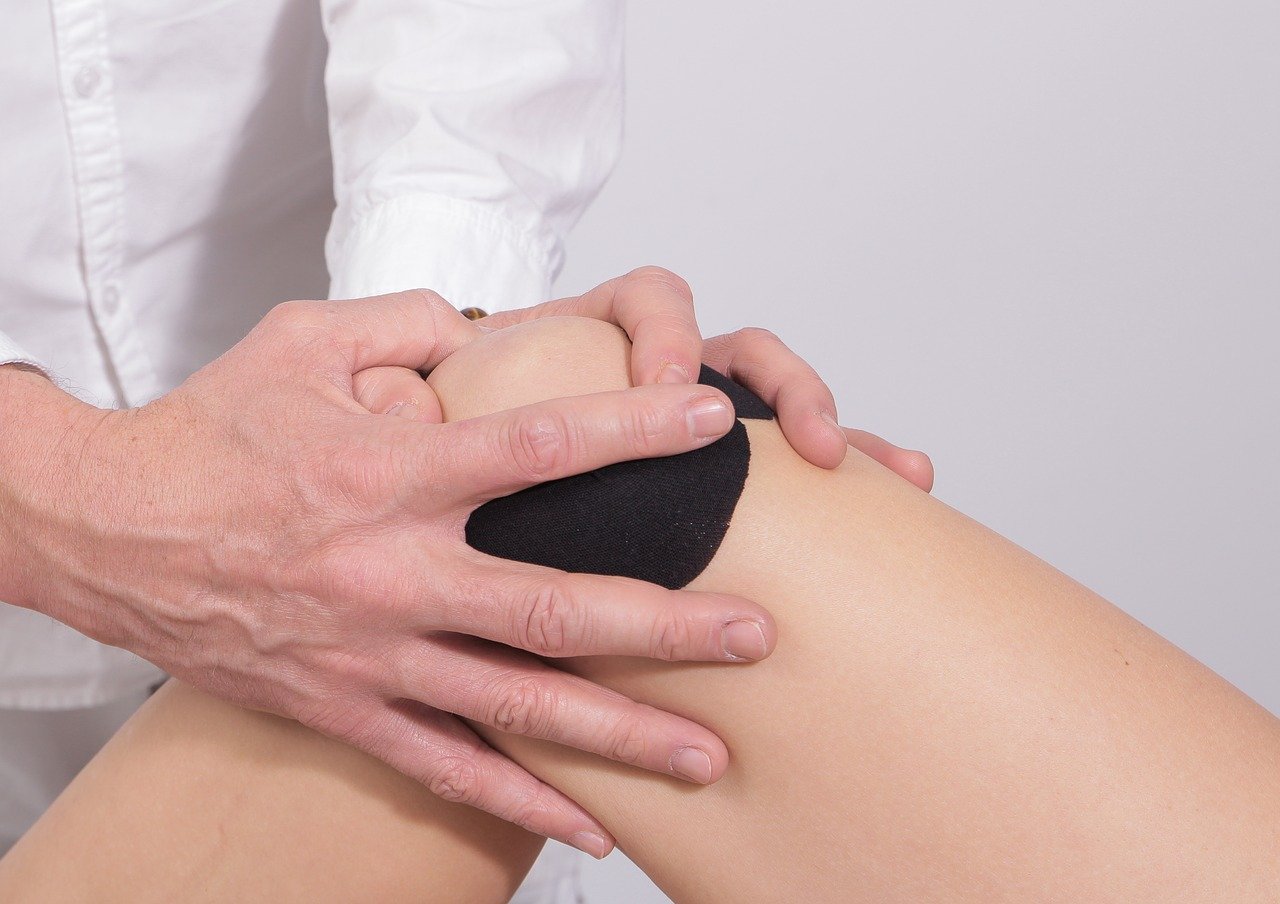
Leg/knee pain
We have experience in treating ACL/MCL tears, tendon injuries, osteo-arthritis, and patellofemoral pain syndrome

Work injuries
We accept worker's compensation referrals, DVA referrals and EPC referrals from the GP

Sciatica
Sciatica often originates from lower spinal disease and issues. We can often diagnose the pain and help manage it.

Sports & gym-related injuries
We have a special interest in sports and exercise medicine. Our goal is to help you recover from sports-related injuries and prevent future flare-ups that may slow you down.

Ankle pain
We offer Kinesio and rigid taping for ankles. Rehab and postural advice can also be given to help you heal from your ankle injury.

Hip pain
Hip Bursitis, hip osteoarthritis and piriformis syndrome are debilitating conditions. Don't let it affect your life, let us help.

Headaches & NEck Pain
We have a special interest in treating neck pain headaches of all types. We have a special interest on the success of Chiropractic adjustments for cervicogenic headaches.

Numbness & tingling
Numbness and tingling in your limbs can point to larger more serious issues. It usually means a vessel or nerve is irritated.
HOW WE CARE FOR YOU
Helping you achieve better health and performance
Personalised Treatment
You will discuss a fully individualised treatment plan with your chiropractor.
Long Appts AVAILABLE
Your first appointment will run up to 1 hour giving you all the time you need and we have the option to book longer follow-up appointments.
Experienced Staff
Our clinicians are trained and certified in spinal manipulation, rehab and taping.
advanced Clinic
Our clinic is equipped with the tools to get you better!
Part of your Network
We will work closely with all your health practitioners.
Therapy Goals
Setting goals is the best way to enjoy a successful outcome.
In pain? Don't let it Drag you down.
Book An Appointment Today!
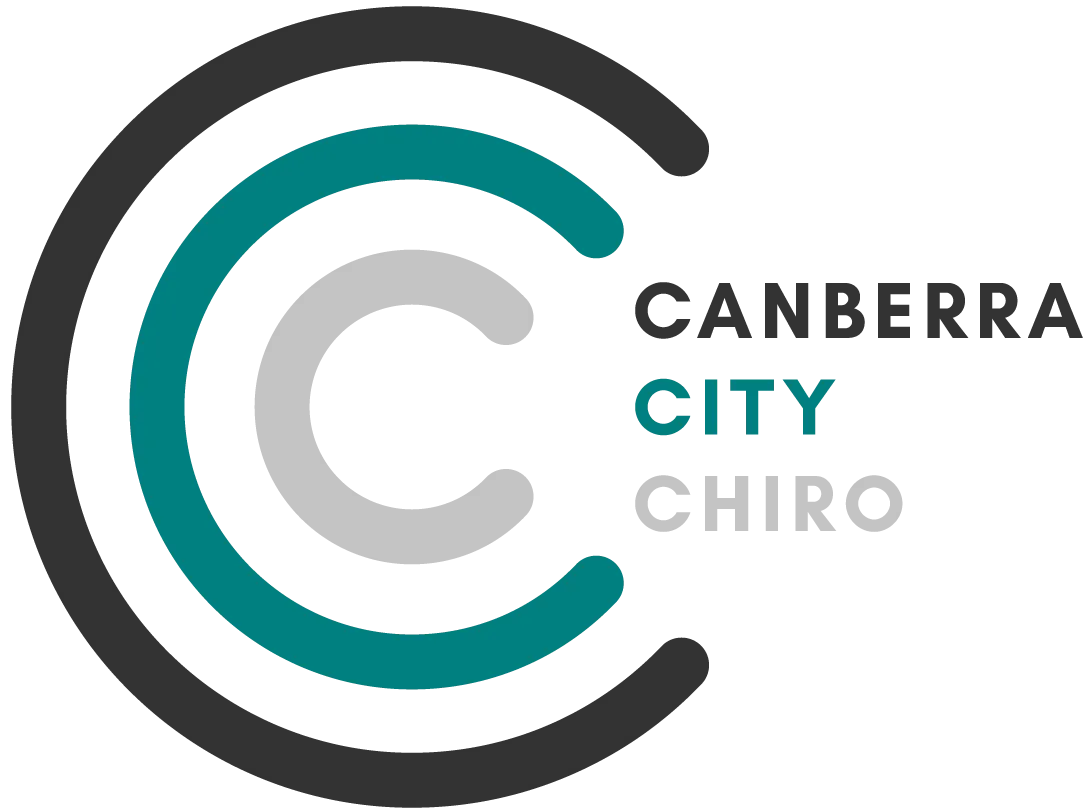
Canberra City Chiropractic is located in the Deakin medical district. The clinic is located within Canberra Hypnotherapy Clinic. We have access to the latest manual therapy technologies as well as a waiting area for patients.
Get in touch
Ph: (02) 6106 9977
Fax: (02) 6291 3140
Address: Canberra Hypnotherapy Clinic,
Suite 2 42 Geils Ct, Deakin 2600 ACT
Opening Hours
Monday: Closed
Tuesday: 8:30am - 12:00pm
Wednesday: 8:30am - 6:00pm
Friday: 2:00pm- 6:00pm
Weekends: Closed
© Copyright 2025 Canberra City Chiropractic, trading as "Canberra City Chiro" | All Rights Reserved
